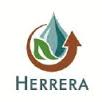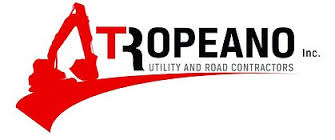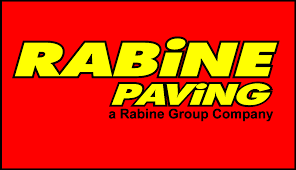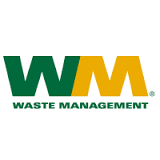Intro to LID Program
Intro to LID Program Overview
StormwaterONE’s online Low Impact Development (LID) for Stormwater Management course is designed to educate students on Low Impact Development (LID) practices and concepts. The goals, tools, costs, methods, as well as Best Management Practices (BMPs), implementation and maintenance of LID for stormwater management will be covered.
This course is designed to educate students on a variety of LID practices and systems that mimic or preserve natural drainage processes to result in the infiltration, evapotranspiration or use of stormwater in order to protect water quality and associated aquatic habitat.
LID is an ecologically friendly approach to site development and stormwater management that aims to mitigate development impacts to land and water.
The goal of any construction project is to design a hydrologically functional site that mimics predevelopment conditions. This is achieved by using design techniques that infiltrate, filter, evaporate, and store runoff close to its source. Rather than rely on costly large-scale conveyance and treatment systems, LID addresses stormwater through a variety of small, cost-effective landscape features located on-site.
Low Impact Development relates directly to construction because it is very easy to ruin the post-construction function of a LID BMP during the construction process.
Low Impact Development focuses more on providing GREENER stormwater infrastructure as well as the following:
- Maintaining and restoring natural hydrology,
- Protecting natural resources,
- Fulfilling environmental regulations,
- Using science, plants and healthy soil, and
- Maintaining and restoring the natural hydrology.
The LID approach emphasizes the integration of site design and planning techniques that conserve the natural systems and hydrologic functions of a site. With urbanization and development, more impervious surface pavement and asphalt is added. This increases the volume of stormwater. When that is not managed properly, drainage systems are stressed.
Intended Audience
- Land Owners/Operators/Permittees of Construction
- Construction Site Subcontractors
- Environmental Consultants/Students
- Civil Consultants/Students
- Water Resources Management
- Engineers of Stormwater and Green Infrastructure/Engineering firms
- Municipal officials/personnel
- Coordinators of Green Infrastructure
Curriculum: Introduction to Low Impact Development (LID)
Low Impact Development (LID) relates directly to construction and GREEN stormwater infrastructure and focuses on maintaining and restoring natural hydrology while fulfilling environmental regulations.
LID is a versatile approach that can be applied to new development, urban retrofits, and revitalization projects. This design approach incorporates strategic planning with stormwater management techniques to achieve environmental protection goals while still allowing for development or infrastructure rehabilitation to occur.
The LID BMPs that will be covered in this course include Bioretention and Rain Gardens, Rain Barrels, Residential runoff treatment, Rooftop runoff, Roof rain harvesting practices, Green Roofs, Grass Swales, and Permeable Paving.
At the completion of this course, the student will be able to identify LID practices for stormwater management and water quality protection as well as the preservation of wetlands and streams. The course will cover LID methods to plan, install, monitor, and maintain LID BMPs and control runoff at the source.
Course Demos
Learning Objectives
At the completion of this course, the student will be able to:
- Identify Low Impact Development (LID) practices for stormwater management.
- Identify LID goals to protect water quality and preserve wetlands and stream functions.
- Differentiate between conventional methods and LID methods.
- Plan, install, monitor and maintain LID BMPs to control runoff at the source.
- Implement LID goals, practices, tools and BMPs.
At the Completion of This Program You Will Receive
1.5 PDHs
Resume' Enhancer (Available on the Credential Validation Page)
Comprehensive and Easy to Retain











































































































